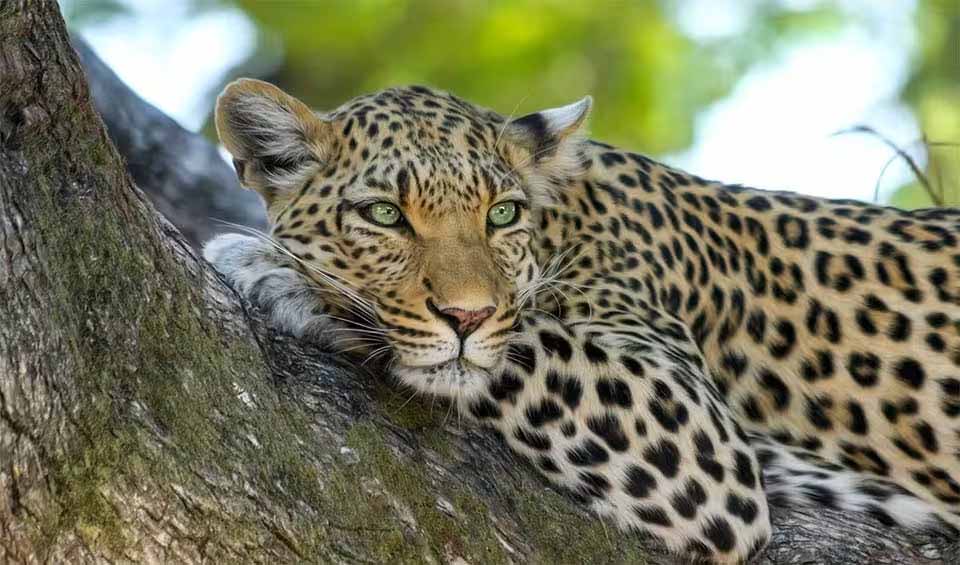Yemen is home to diverse ecosystems and habitats, encompassing coastal mangroves, shrublands, dunes along its coastal plains, eastern deserts, and various montane environments. The country, predominantly mountainous, features 57% of its land as desert with limited utility, while forests, woodlands, and rangelands make up nearly 40%, and arable land constitutes about 3%, supporting a wealth of crop diversity. Yemen’s significant altitudinal range fosters a wide array of climates and landscapes, which are crucial for the majority of its endemic species.
Situated at the intersection of the Palearctic, Afrotropical, and Oriental biogeographic regions, Yemen boasts an extensive mix of terrestrial, coastal, and marine environments. This rich biodiversity is not only ecologically vital but also economically significant due to its potential for tourism and its support of diverse wildlife and fisheries.
Four pillars elaborated:
In recent years, Yemen’s conservation efforts have primarily focused on establishing protected areas to safeguard sites of significant biodiversity and natural value, ensuring the sustainable use of its biological resources. This initiative has led to the identification of 15 critical areas across the country, including Socotra Island, which urgently require protection due to their unique biodiversity. Important regions such as the dense forest cover in Jabel Bura’a, Eraf forest, Ket Fah, Hawf, and Socotra Island have been prioritized for their role in supporting wildlife and preserving diverse ecological components. Land Management
Land Management
Additionally, areas with natural juniper vegetation like Jebel Lawz and Jebel Eraf host unique flora, essential for bird conservation and alpine vegetation. Coastal regions like Balhaf-Bir Ali-Burum and the Hannish Archipelago are recognized for their critical mangroves and coral reefs. Currently, Yemen has six formally protected areas, guided by the Environment Protection Law No. 26 of 1995 and its subsequent regulations, which allow for the creation of these areas through a Prime Ministerial decree upon recommendations from the Environmental Protection Agency or other specialized bodies.
Over recent decades, natural habitats in the country have been significantly diminished and degraded due to a variety of human activities. The rapid population growth rate of 3.5% per year has intensified the over-exploitation of range resources, land conversion, and poor agricultural practices. Marine environments, including coral reefs and seagrass beds, suffer from destructive practices like trawling, which also threaten endemic and rare species. Oil spills, sewage discharge, and sedimentation from urban development have further damaged these delicate ecosystems. Threats to Biodiversity
Threats to Biodiversity
Additionally, overfishing, the use of dynamite in fishing, and the harvesting of mangroves exacerbate the decline of coastal and marine resources. On land, rapid environmental degradation through desertification and drought has drastically reduced vegetation cover, while the expansion of Qat plantations has altered agricultural patterns. This extensive human impact has led to habitat deterioration, significant loss of plant and animal species, and the extinction of some of the country’s largest mammals and endemic species.
Yemen has undertaken numerous initiatives for ex situ conservation to preserve its genetic diversity. A National Genetic Resources Center was established at Sana’a University, and a genetic resources unit within the Agricultural Research and Extension Authority (AREA), supported by the UNDP, focuses on conserving wild and cultivated plant species. AREA has successfully conducted plant breeding research for key crops like potatoes, tomatoes, and onions and maintains a significant collection of field crop, fodder, and vegetable germplasm in Dhamar, despite challenges such as power supply issues and a shortage of trained staff. Capacity and Governance
Capacity and Governance
Yemen also boasts a National Herbarium and its first botanic garden in Taiz City. Efforts extend to marine life, with experiments in shrimp breeding by the Marine Research Center in Aden, although reintroduction of these species to their natural habitats has been limited. Additionally, the Taiz Zoo has successfully bred Arabian leopards, though reintroducing them to the wild has been hindered by resource constraints. Environmental laws have been enacted to protect marine resources during spawning seasons, and alternative livelihoods are being offered to ease the pressure on natural resources.
Vision 2025 is an initiative designed to address both environmental sustainability and poverty alleviation through a comprehensive approach based on thorough problem assessment. The program identifies critical issues such as land resource degradation, the decline of natural habitats, and the loss of biodiversity. To counter these challenges, Vision 2025 proposes the development and execution of sustainable management strategies. These strategies include systematic monitoring and preservation efforts across various key sectors, including water and land resources, agriculture, and coastal zones. The program emphasizes the importance of integrated approaches that not only protect biodiversity but also ensure that environmental sustainability enhances economic opportunities for the local population, thus tackling poverty by improving livelihoods through sustainable practices. Future Trends
Future Trends
Biodiversity
Yemen’s biodiversity is particularly remarkable on Socotra Island due to its rich array of endemic species and unique landscapes. Socotra hosts about 825 plant species, with a third being endemic, including the iconic Dragon’s Blood Tree, famed for its medicinal red sap. The island also supports diverse bird life, including several endemic species and a unique array of reptiles like the Socotra chameleon.Beyond Socotra, Yemen’s mainland features varied ecosystems from coastal plains to the Haraz Mountains, which are noted for their terraced agriculture that harmonizes human activity with natural diversity. These ecosystems, crucial for conservation, face threats from ongoing conflict and environmental changes, highlighting the need for focused conservation efforts.
In the table below are the number of known species in several main groups, how many of these species are Threatened with extinction, and how many of them are Endemic (unique to Yemen only):
| Species (World rank) |
Threatened | % Threatened | Endemic | % Endemic | |
|---|---|---|---|---|---|
| Mammals | 91 (#122) | 11 | 12.1% | 4 | 4.4% |
| Birds | 345 (#104) | 17 | 4.9% | 10 | 2.9% |
| Reptiles | 117 (#82) | 7 | 6.0% | 43 | 36.8% |
| Amphibians | 6 (#153) | 1 | 16.7% | 1 | 16.7% |
| Fishes | 753 (#76) | 50 | 6.6% | 3 | 0.4% |
| Plants | 2,900 (#125) | 163 | 5.6% | 455 | 15.7% |
mammals
Arabian oryx
A desert icon, stands tall, thriving in the sand – truly born to be wild in their extreme habitat
Wolf
The howl of each wolf is different
Lesser Egyptian jerboa
This ‘mini kangaroo’ leaps up to 3 m (9.8 ft) in a single jump, thanks to its incredibly large hind legs
birds
Eurasian sparrowhawk
Better call the ambulance before the Sparrowhawk comes to devour all those who are injured
Eurasian stone-curlew
One of the bigger waders with a reptilian eye
Palestine sunbird
The tiny hovering jewel of house gardens
reptiles
Puff adder
Notoriously grumpy, always putting on a dramatic hissy fit when approached
Common chameleon
A reptile that can mimic the hues of nature and capture its feast with a tongue that’s like a thunder
Hawksbill sea turtle
Its slender frame and narrow head bear a beak curved like a hawk’s, earning this marine marvel its name
National Animals
Leopard
Disappearing graceful shadows, this tree-climber is on the way to extinction














